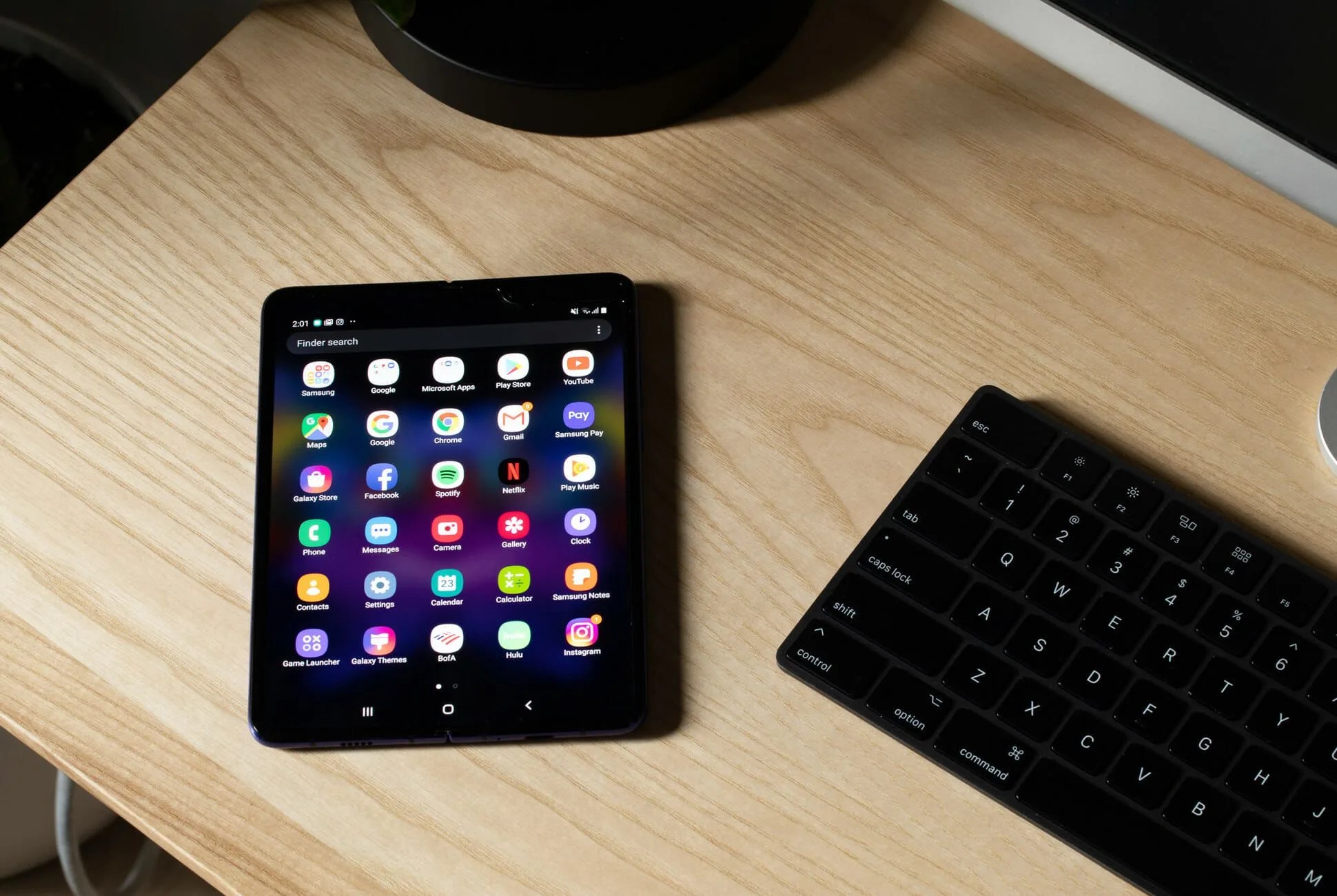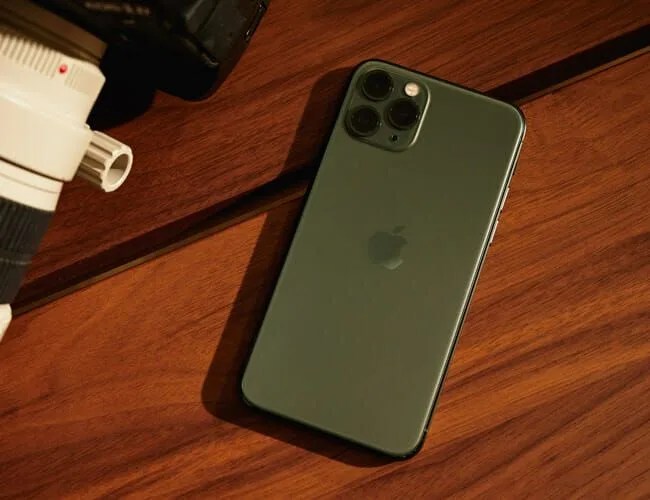A version of this article originally appeared in Gear Patrol Magazine with the headline “Samsung Galaxy Fold.” It has been updated to reflect the Galaxy Fold’s redesign and subsequent commercial release. Subscribe today
The Galaxy Fold made me nostalgic. Not because a folding phone is old-fashioned, but because it’s a novel design at a time when smartphones have become anything but — typically nothing more than the same functionalities ported to ever-thinner slabs of screen. But every time I pulled the Fold from my pocket on the subway and opened the already huge, bright screen to the size of a small tablet, I noticed more than a few double-takes. It’s been years since a new smartphone has been able to turn heads.
But if the Fold’s defining feature is an eye-popper, it’s also been a mitigated disaster. You’ve likely read the story: As soon as the $1,980 smartphone made its way into the world, its signature 7.3-inch folding screen, well, broke — either from over-eager prodding, the stresses of daily use or both. Those problems, though, aren’t universal; my Fold showed no signs of coming undone during the week I lived, commuted and worked with it. Nonetheless, Samsung recalled all review loaners early, pushed back the release date and offered refunds to pre-orderers. (Fortunately, it wasn’t literally dangerous, as with the company’s exploding Note 7.) In September, with a handful of minor design changes and reinforcements aimed at durability, the Fold finally made it to market.
Screen snafu or no, the Fold was always going to be a niche product. A foldable smartphone isn’t something everyone needs, or can afford. But the form factor has its appeal among inveterate multitaskers salivating at that truckload of RAM — and the expansive screen that lets you run three apps at once — as well as early adopters who want a conversation piece in their pocket.
The novelty is appealing. Yes, the Fold sports all the best features from Samsung’s flagship S10, but any amount of capability bows to the Fold’s originality. There’s never been a phone quite like this; my hands were drawn to playing with it, exploring the phone’s sheer usability, like being able to watch YouTube videos while perusing my Gmail inbox and Spotify playlist.
The ultimate multitasking potential, though, was limited by drawbacks, like only supporting one audio stream at a time. But that giant, beautiful OLED screen is meant for more than just multitasking. The Fold is essentially a tablet for your pocket: watching Game of Thrones was certainly an upgrade from viewing on an iPhone XS. And with over seven inches on which to play, the ever-more impressive roster of mobile games — especially battle royales like PUBG and Fortnite — have more room to unfold, with more space for on-screen controls that could give a (small) competitive advantage to players better than myself. Plus, the signature crease comes in handy when reading anything actually shaped like a book.
Screen snafu or no, the Fold was always going to be a niche product.

